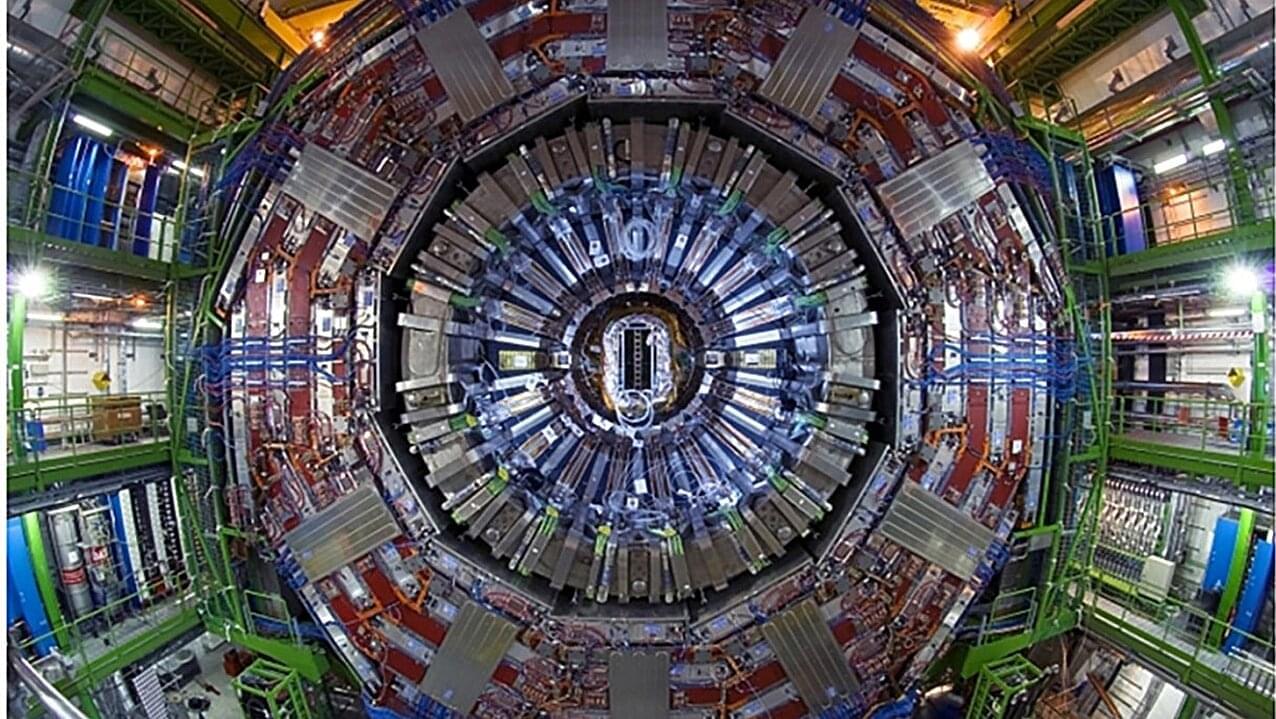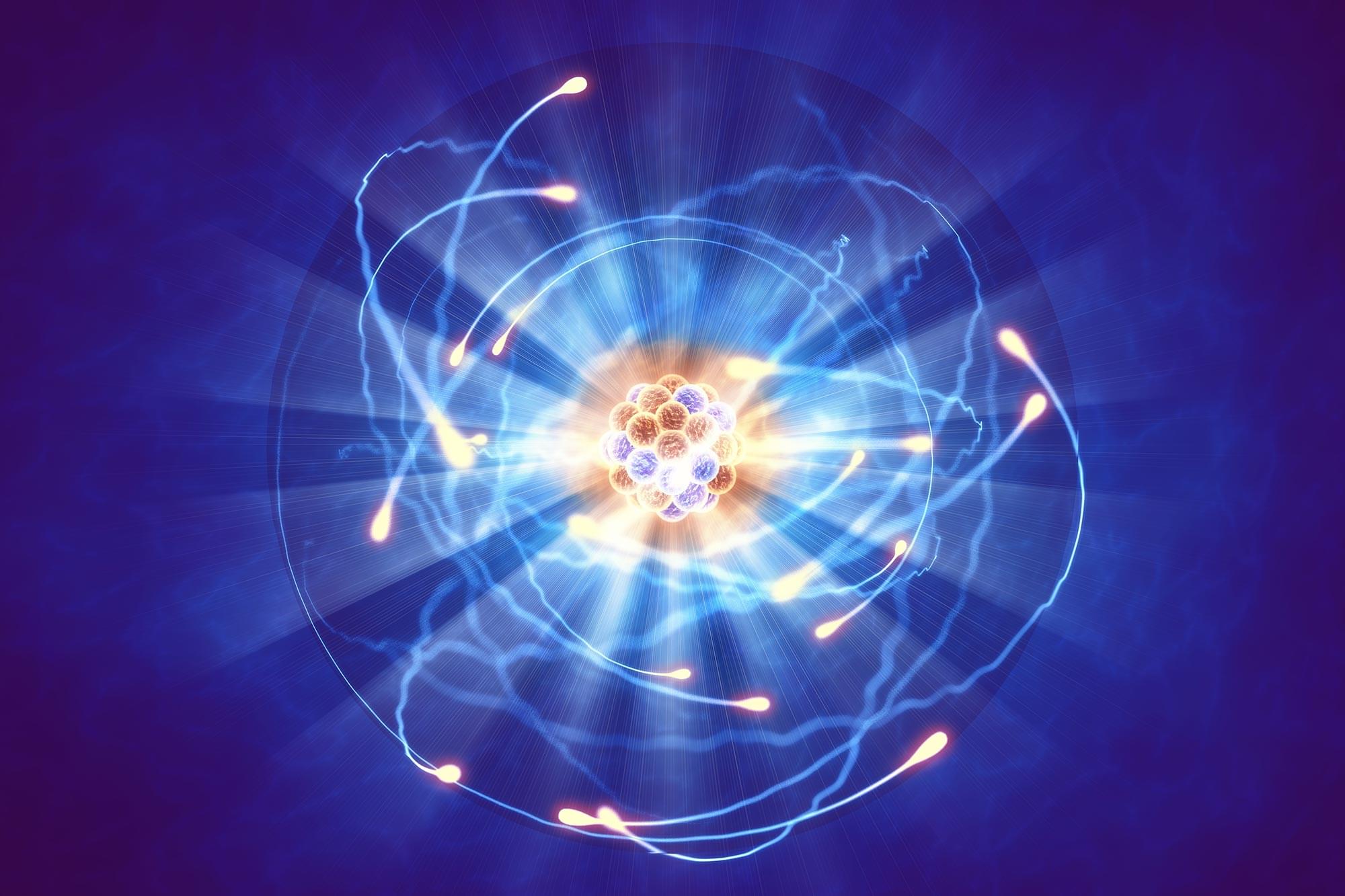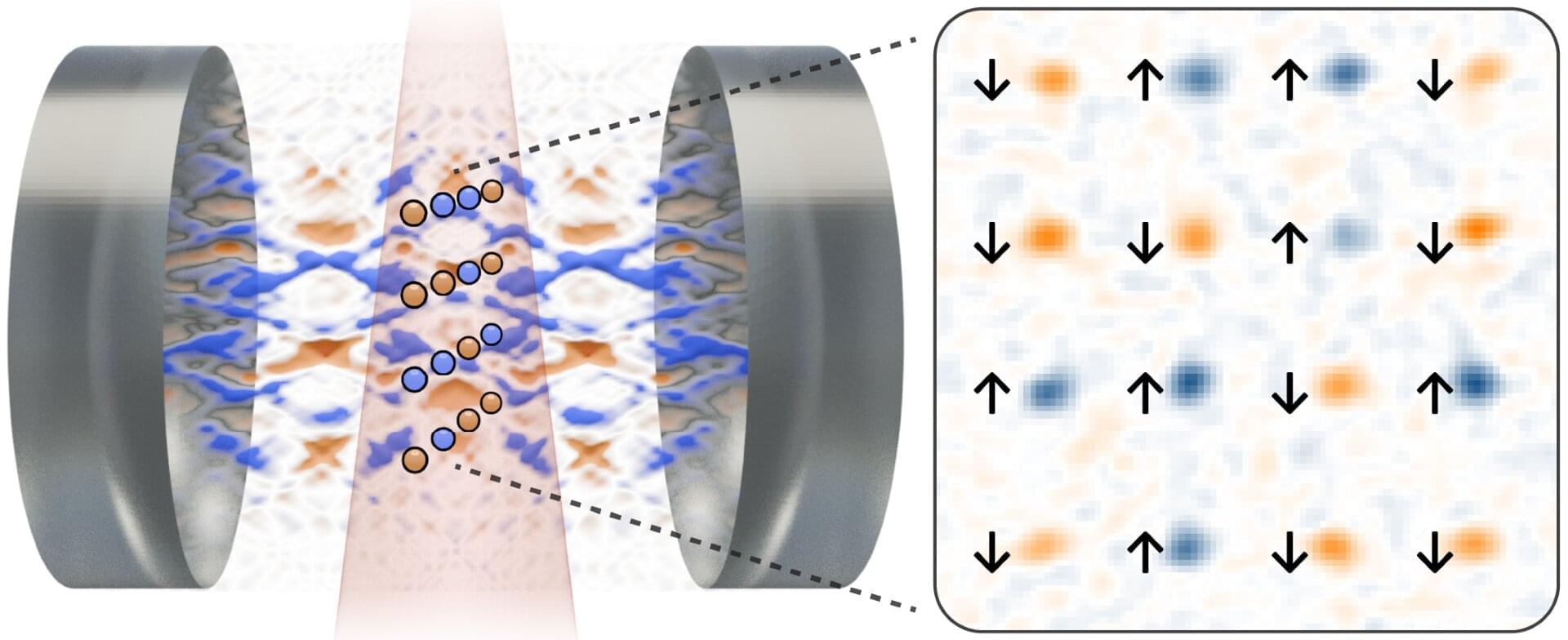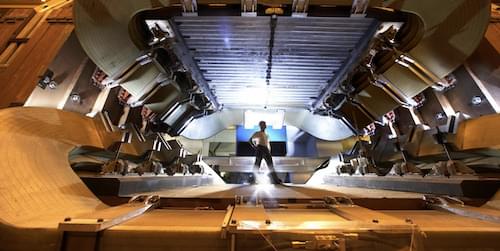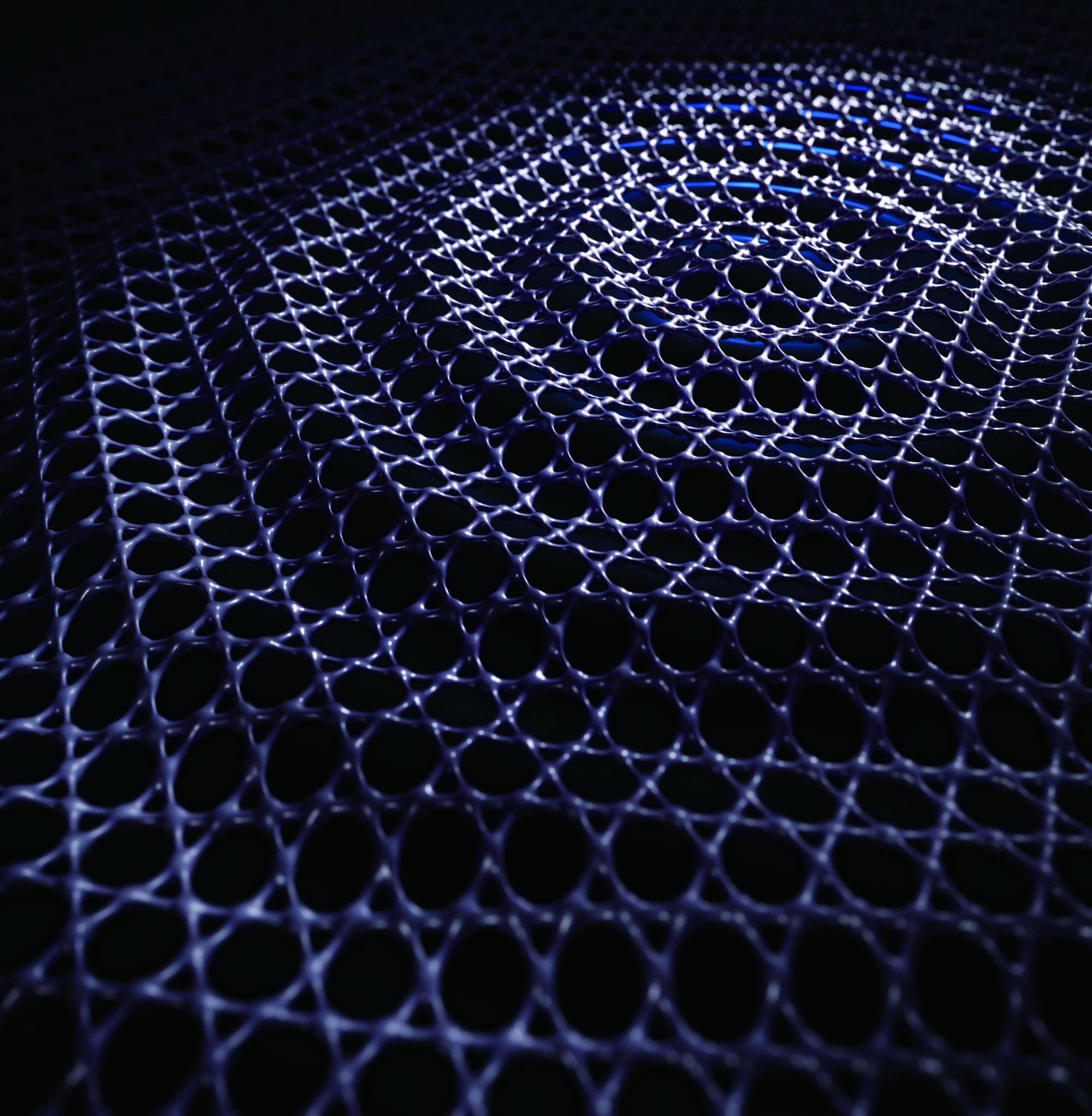On July 4, 2012, researchers at the Large Hadron Collider (LHC) in Switzerland announced with great fanfare that they had successfully detected the Higgs boson, the manifestation of the mechanism that gives some elementary particles their mass. The finding was a triumph of both the experimental skill required to definitively detect the particle, and the theoretical acumen of those who predicted its existence, recognized by the 2013 Nobel Prize in Physics.
Brown University researchers played key roles in both sides of the accomplishment. Experimentalists including David Cutts, Ulrich Heintz, Greg Landsberg and the late Meenakshi Narain made key contributions to the Compact Muon Solenoid (CMS) experiment at the LHC credited with making the discovery. Years earlier, the late Gerald Guralnik was part of a group that made a theoretical prediction of the particle, which many scientists believe to be the most complete description of the Higgs mechanism.
The Higgs was the final missing piece in the standard model of particle physics —the theory that describes the basic building blocks of the universe. But its discovery was by no means a final destination for particle physics. Fundamental questions about the Higgs itself remain unanswered.
